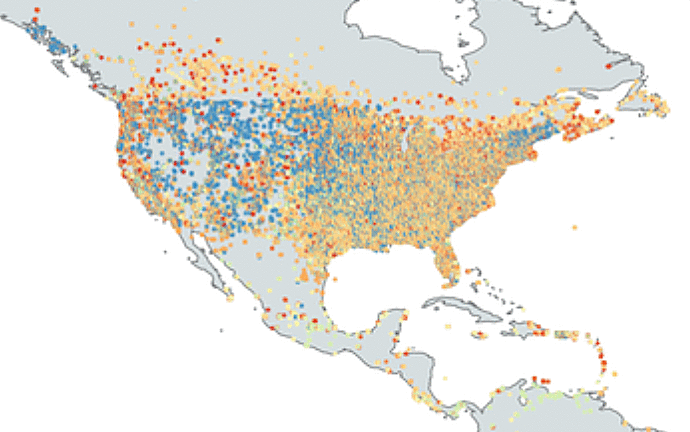Web Applications |
For Communities |
For Coders & Designers |
For Research Projects |
About the Model
For Local Communities

Data on local industry input-output levels helps inform B2B recycling, reductions in greenhouse gas emissions, electric vehicle transitions, advanced biofuels and more.
Project Areas
Contribute updates for your state
Explore Industry Impacts |
View Presentation |
Participate in our Web Challenge





